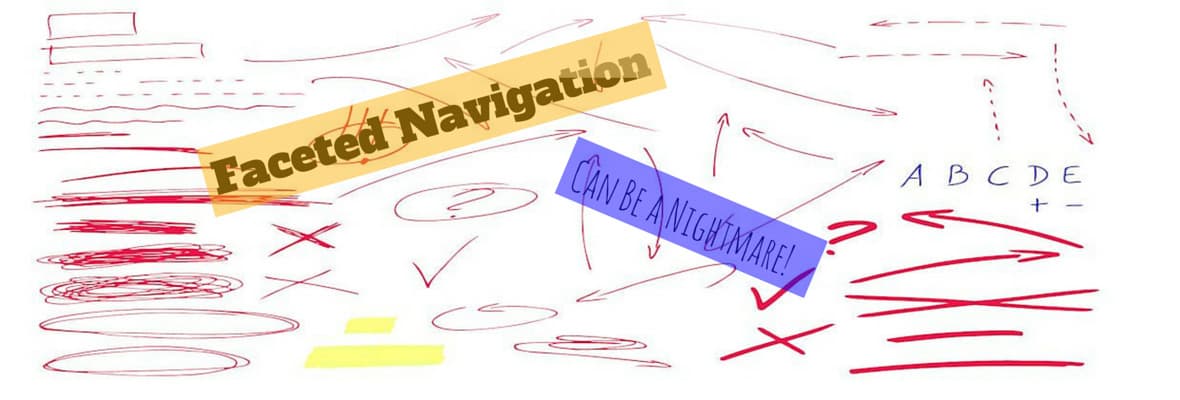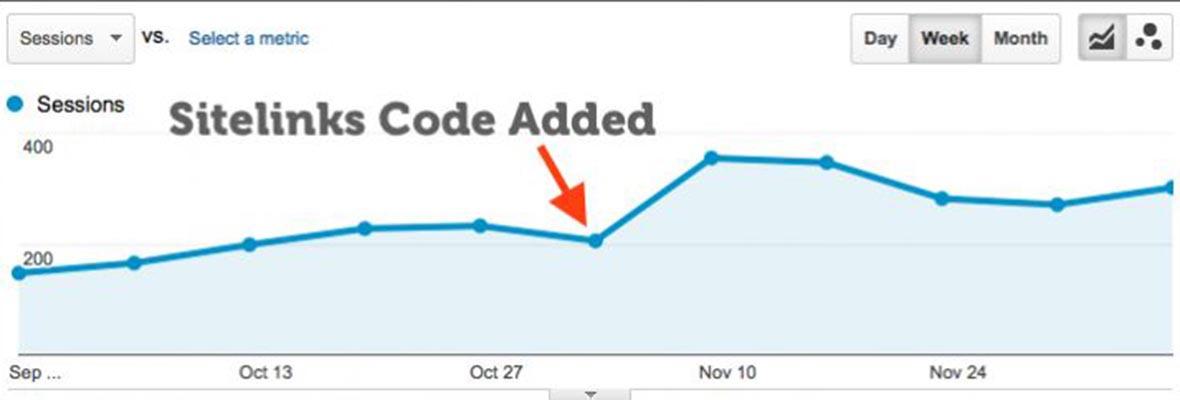
On-page SEO
On-page SEO is the practice of optimizing individual web pages in order to rank higher and earn more relevant traffic in search engines. On-page refers to both the content and HTML source code of a page that can be optimized, as opposed to off-page SEO which refers to links and other external signals.
For those new to on-page SEO, we highly recommend reading our On-Page Ranking Factors. On-page SEO has changed over the years, so it's important to keep up with the latest practices. Below are the latest post about on-page SEO from the Moz Blog, and we have chosen our favorite resources to help you along your journey.
On-Page SEO : The Beginner's Guide to SEO: Everything you need to get started to optimize your pages.
On-Site SEO Learning Center : Our free on-site SEO learning hub. Here, we’ve gathered our top resources in one place.
More than Keywords: 7 Concepts of Advanced On-Page SEO : On-page SEO starts with keywords, but Google uses tons of advanced methods to determine content relevance.
Illustrated Guide to Advanced On-Page Topic Targeting for SEO : A simple framework for on-page topic targeting that produces satisfying content and makes optimizing easy.
What's changed in SEO? : Looking back at a popular Whiteboard Friday, let's see what's changed and what still remains relevant today in SEO.


How Much Keyword Repetition is Optimal
If you're targeting a certain keyword, knowing where and how often to use that keyword in the various elements of your page is essential. In today's Whiteboard Friday, Rand offers his recommendation.
Eliminate Duplicate Content in Faceted Navigation with Ajax/JSON/JQuery
Page tags like rel=canonical and noindex are powerful, but each has limitations. In some cases, Ajax-based solutions are a better solution.
Inverse Document Frequency and the Importance of Uniqueness
Can learning about Inverse Document Frequency teach us to create better content? It can, and this article explains how.
I Can't Drive 155: Meta Descriptions in 2015
For years, we've suggested a 155-character limit to meta descriptions. As long snippets appear more and more often, is it time to revise that rule?
Off with Your Head Terms: Leveraging Long-Tail Opportunity with Content
In this post, Simon details a new content process designed to take advantage of the trend toward long-tail keywords by tying your content to more specific search opportunities.
How We Fixed the Internet (Ok, an Answer Box)
Last year, Google introduced answers boxes scraped from the index. I didn't like one of mine, so I tried to change it. Months later, something finally happened.
Google's Sitelinks Search Box: What You Need to Know
Several months ago, Google announced a new sitelinks search box. Despite its strong adoption, until now we've had very little evidence to understand its effects. We implemented it to share with you the results. Here's what we found...
Leveraging Panda to Get Out of Product Feed Jail
This is a story about Panda, customer service, and differentiating your store from others selling the same products. I'm going to use a real-live example that I suffered through about a month ago: I was looking for a replacement sink stopper for a bathroom sink. It did not go well.
Illustrated Guide to Advanced On-Page Topic Targeting for SEO
The concepts of advanced on-page SEO are dizzying: LDA, co-occurrence, and entity salience. The question is "How can I easily incorporate these techniques into my content for higher rankings?" The truth is, you can create optimized pages that rank well without understanding complex algorithms.
More than Keywords: 7 Concepts of Advanced On-Page SEO
As marketers, helping search engines understand what our content means is one of our most important tasks. Search engines can’t read pages like humans can, so we incorporate structure and clues as to what our content means. This post explores a series of on-page techniques that not only build upon one another, but can be combined in sophisticated ways.


